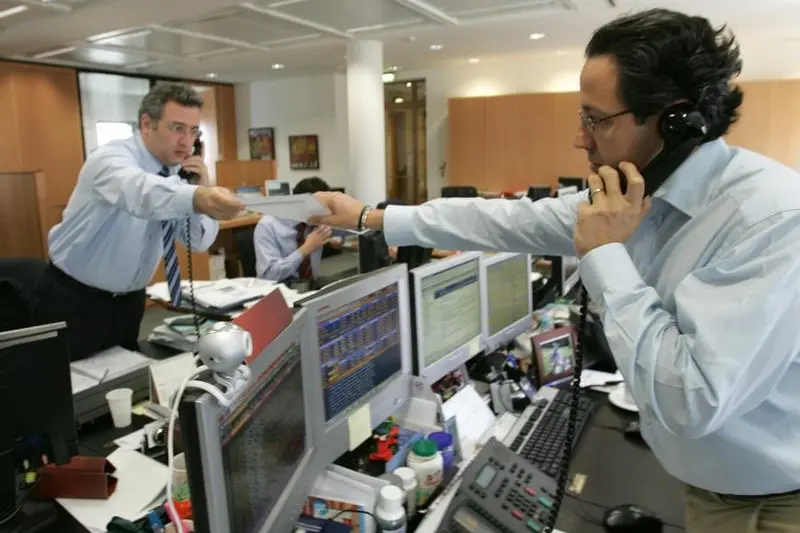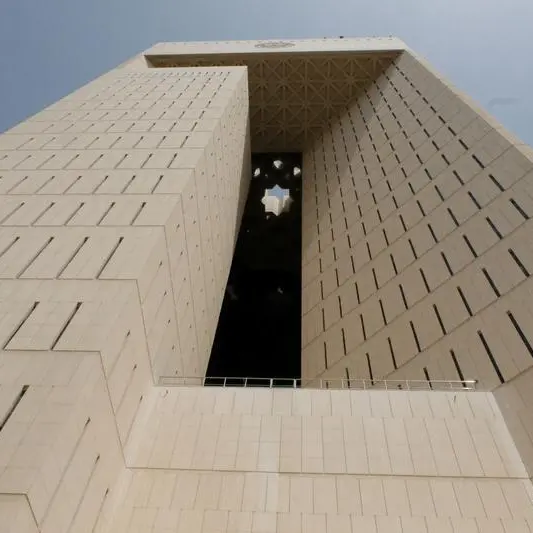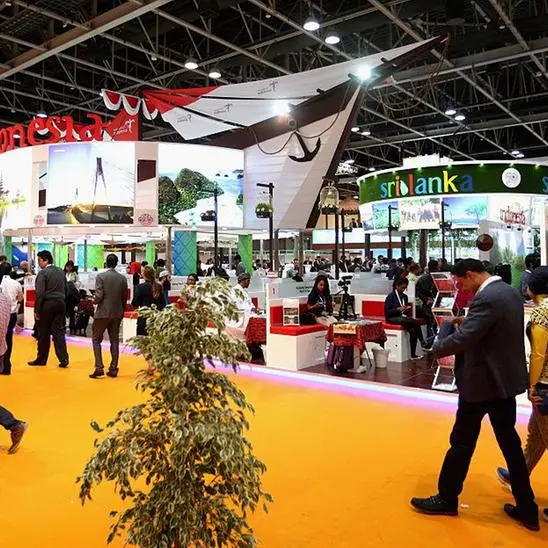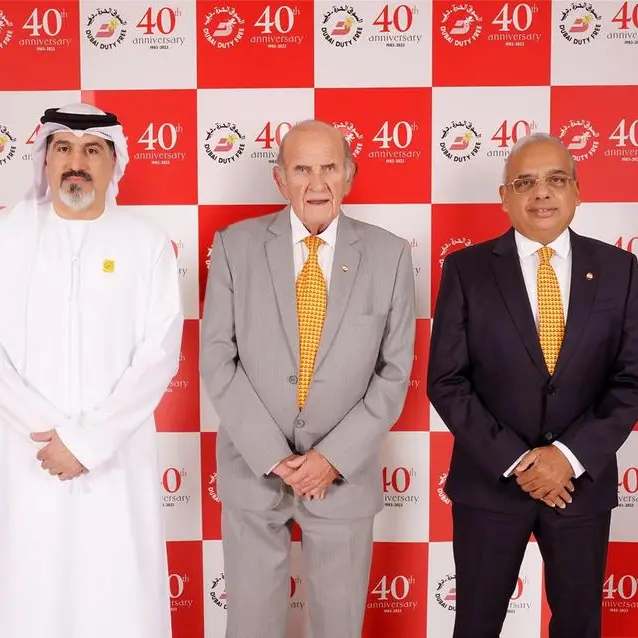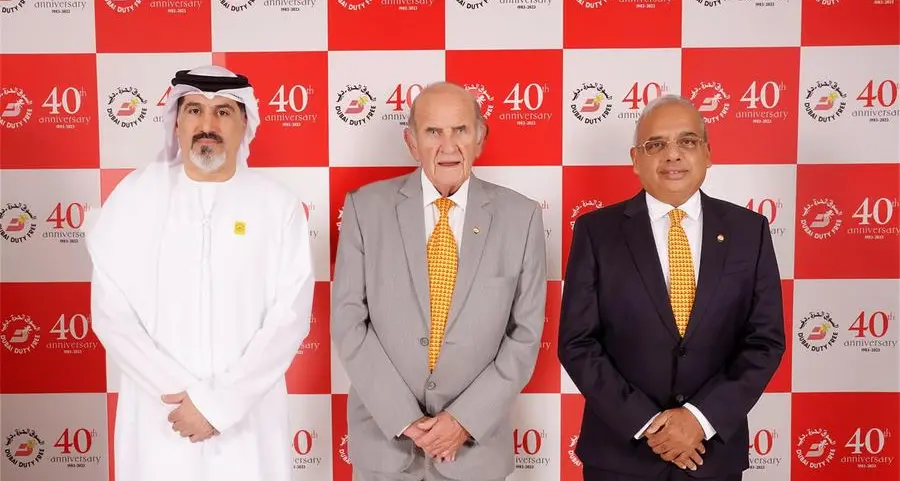PHOTO
After emerging as the best performing markets in 2015, Mena Fund Manager looks at the opportunities and challenges for asset managers in the Jordan, Lebanon and Palestine
The Levant was the best performing part of the Mena region in 2015. Thanks in part to lower oil prices, energy importers Jordan, Lebanon and Palestine emerged as the only markets in positive territory last year.
While many in the region may find little cheer in lower oil prices and the impact on investments, for energy importers it eases some of the pressure already facing those economies.
Lebanon and Jordan have both struggled to accommodate an influx of refugees from neighbouring Syria, while Palestine continues to face challenges following the Gaza- Israel conflict of 2014. Yet, with oil prices showing more resilience in 2016 and changing global macroeconomic conditions: what could be in store for the three Levantine economies?
Jordan
The Jordanian economy has come under increasing pressure in recent years as Syrian refugees have fled across the border in search of safety. Along with Lebanon, Jordan is currently home to hundreds of thousands of Syrians drawing on the country's resources.
In an interview with the IMF in May, Jordan's minister of planning and international co-operation Imad Fakhoury claimed that playing host to the Syrians cost $2bn per year on average, with the government forced to find funds to help cover the cost of accommodating the refugees.
Indeed, debt levels have increased over the past five years. According to the Ministry of Finance, total debt levels - incorporating external and domestic public debt - increased during the first quarter of the year from JOD22.8bn ($32.3bn) in Q1 2015 to JOD23.4bn ($33bn) or 86.3% of GDP at the end of April.
The outlook for the Jordanian economy remains slightly more challenging. Indeed, GDP grew by 2.5% in 2015, according to the IMF's World Economic Outlook, down from 3.1% during the previous year and its lowest rate of growth since 2010. However, the economy is forecast to grow by 3.2% in 2016 and by 3.7% in 2017.
"As for economic challenges, they are mainly epitomised by the influx of refugees from Syria and Iraq, which is putting big pressure on the fiscal budget and infrastructure," says Wassim Jomaa, head of asset management at Amman-based Capital Investments.
"The government is seeking to mitigate such impacts by tapping donors' conference and through establishing strategic partnerships in terms of sovereign investment funds with GCC partners - notably Saudi Arabia and the UAE - and through funding deals with the IMF. In addition they are trying to promote further efficiencies with investment in renewable energy as a good example."
Despite some of the ongoing challenges facing the Jordanian economy, market performance has been solid. Last year, the S&P Jordan BMI index was up by 4.4% in 2015, building on a 2.9% gain in 2014. Most of the performance was driven by financial stocks.
"Retail and consumer staple sectors did well in 2015 and in the first half for 2016," explains Jomaa. "According to the latest census, the total population of Jordan has reached 9.5 million up from six million, which created an incremental demand for necessity products. This translates into good profitability for companies including: UMIC (Universal Modern Industries), Siniora Food Industries and Al Eqbal Co for Investments.
"In the first half Al Eqbal Co for Investments was added to the MSCI FM index which gave a boost to the share price," he adds.
"As for the fertilisers sector, its performance was impacted by depressed end-product prices for phosphate and potash products which translated into weak profitability; not to mention that Jordan Phosphate was excluded from the MSCI FM Index in 2016. The performance of the banking sector was good on a selective basis."
He continues: "The Amman Stock Exchange is providing a good niche of selective value plays where valuation is attractive [and] companies are adopting shareholders friendly policies in terms of generous dividends."
Lebanon
Also sharing a border with Syria, Lebanon has had its own influx of Syrian refugees in recent years. It harbours more than one million Syrian refugees, according to estimates from the United Nations High Commissioner for Refugees (UNHCR), making up a quarter of the population.
Economic growth has been slower in Lebanon than it has in its near neighbours. The Lebanese economy was forecast to grow by 1.0% in 2016, according to the IMF's World Economic Outlook, having risen by the same percentage in 2015. It has been forecast to grow at a rate of 2.0% in 2017.
In its latest report, the World Bank highlighted challenges from the Syrian conflict, the domestic political environment and the negative effect of low oil prices are contributing to a subdued growth outlook for Lebanon.
"As fiscal buffers in the GCC countries erode and spending cuts ensue, remittances to Lebanon and services exports to the GCC (e.g. consulting services) are expected to decelerate," the World Bank noted in the spring issue of its Lebanon Economic Monitor. "This will impart further strain on the balance of payments that is already under pressure due to lower inflows."
The organisation warned that consumption - partially driven by remittances - could also be negatively impacted "offsetting the initial increase in real purchasing power that resulted from lower oil prices".
Although the Beirut Stock Exchange is a smaller market than others in the region, it remains home to a number of interesting companies and a particularly robust banking sector, which draws support from the Lebanese diaspora.
"The banking system has been able to attract between 4-6% growth in deposits each year albeit deposit growth has been slowing," says FFA Private Bank head of research Nadim Kabbara, noting the impact of a potential slowdown in remittances.
"The truth is that while deposits have been slowing, Lebanese banks has been resilient in part from their conservative approach on growth, focus on asset quality, and cost control in the wake of deposit growth which goes largely into funding their balance sheets," he says.
"The central bank has done a prudent job at overseeing both the economy and the banking sector while maintaining confidence in the monetary system."
Elsewhere, Lebanon's real estate sector has also been impacted by some of the challenging market conditions facing investors across the world.
"The real estate sector is also quite sizeable a lot of FDI goes in the sector and we have also been having our share of headwinds," Kabbara explains. "We've started to see some more positive, recent data coming out of the sector, but generally we've been seeing a double-digit decline in real estate transactions."
"Investors are typically sitting in a wait-and-see mode. Real estate has been unfortunately one of those markets that has been going through some pain as well after several years of very strong performance."
As oil prices remain low, the outlook for the Lebanese economy and the other energy importing countries in the region looks more optimistic.
"The GCC was growing at 3-4% rate for the past few years until oil started to correct; now they're going through a cyclical slowdown given their exposure to that resource," says Kabbara. "Lebanon, like Egypt and Jordan, benefit from lower oil: we've seen lower gasoline prices and lower transfers from the government to the state electrical facility.
"At the same time we could do better in terms of addressing the biggest issues for the economy for the banking sector and that is the fiscal situation in Lebanon and the fact that there is so many years' worth of structural reform that they haven't put into place following recommendations from the World Bank and IMF."
Yet, while other markets in the region took a tumble in 2015, thanks to greater volatility and impact of lower oil prices, Lebanon's domestic market was one of the better performers. The S&P Lebanon BMI index was up by 5.1% last year, compared with a 4.8% rise a year earlier.
"The fact that the stock market is quite underdeveloped has benefited the country because it is predominantly domestic," notes Kabbara. "They don't reflect global conditions or risk sentiment like the Dubai or Riyadh markets would. It has provided shelter for investors. There are days where you see very little movement, if at all.
"On days where you would expect a big movement in the stock market, nothing would really happen on account of not very much selling or buying taking place; we don't have that price discovery that you have elsewhere. That's why we've been somewhat sheltered from things going on in the region."
Palestine
While Palestine does not face the same challenges as Jordan and Lebanon, the West Bank and Gaza have faced other issues.
"2015 was another difficult year for the Palestinian economy," said Christoph Duenwald, deputy division chief at the IMF, following a visit earlier this year. "Growth in the West Bank slowed to an estimated 2.8%, as investment remained weak, donor aid declined sharply, and the suspension of clearance revenue transfers in the early part of the year undermined confidence.
"While reconstruction efforts following the Israel-Hamas conflict in 2014 provided some boost to the Gazan economy, the pace of recovery was hampered by slow aid disbursements and restrictions on imports of construction materials, and the humanitarian situation remains dire."
Duenwald noted the challenge of high unemployment in the West Bank and Gaza, but also efforts by authorities to cut its fiscal deficit.
If existing conditions continue unchanged, GDP growth of around 3.3% has been forecast for 2016, Duenwald said, consisting of sub-3% growth in the West Bank and 5% rise in Gaza. Gaza's growth is forecast as stronger due to rebuilding following the 2014 conflict with Israel.
However, the IMF deputy director also highlighted the impact of a sharp drop in foreign donor aid more recently.
Looking at the market, the S&P Palestine BMI Index was one of the region's standout performers in 2015, recording a rise of 8.7% following a 1.1% gain in 2014.
Palestine's Al-Quds Index was up by 2.4% at the end of last year and was particularly buoyed by strong performance in the banking & financial services sector rising by around 20% in 2015. The index, which has 49 listed companies, also saw solid single-digit gains from several other sectors.
© MENA Fund Manager 2016
